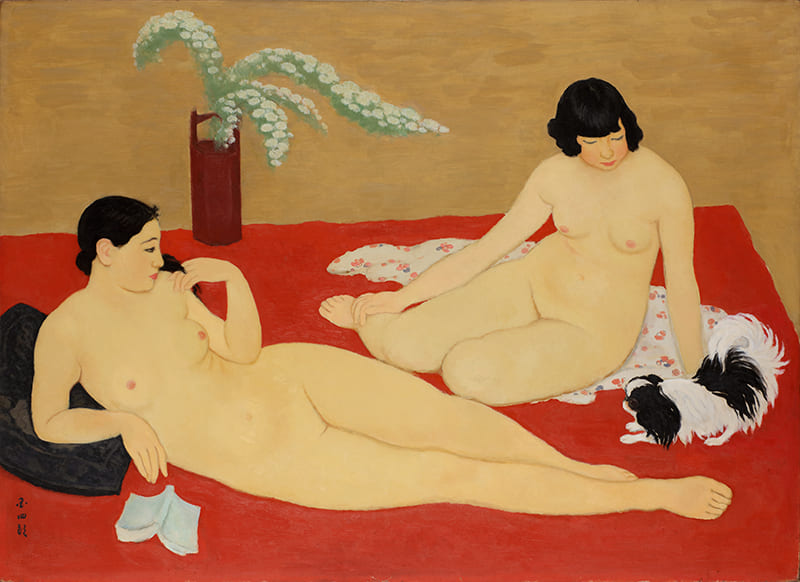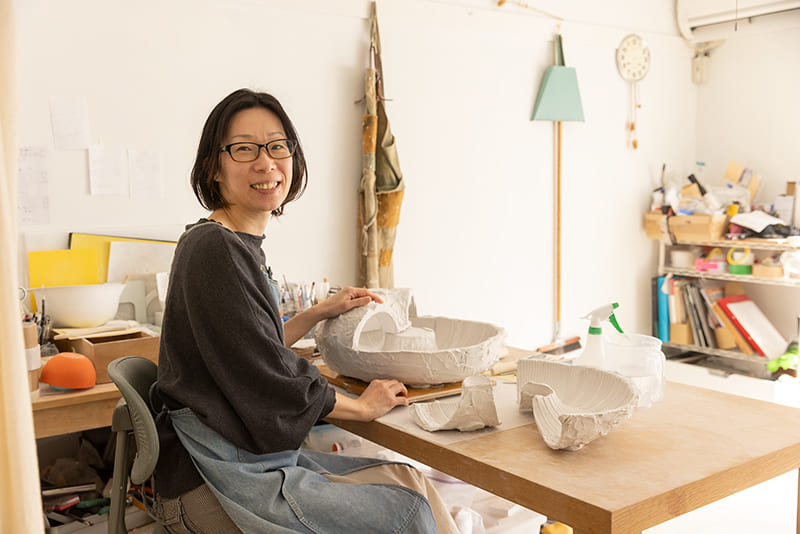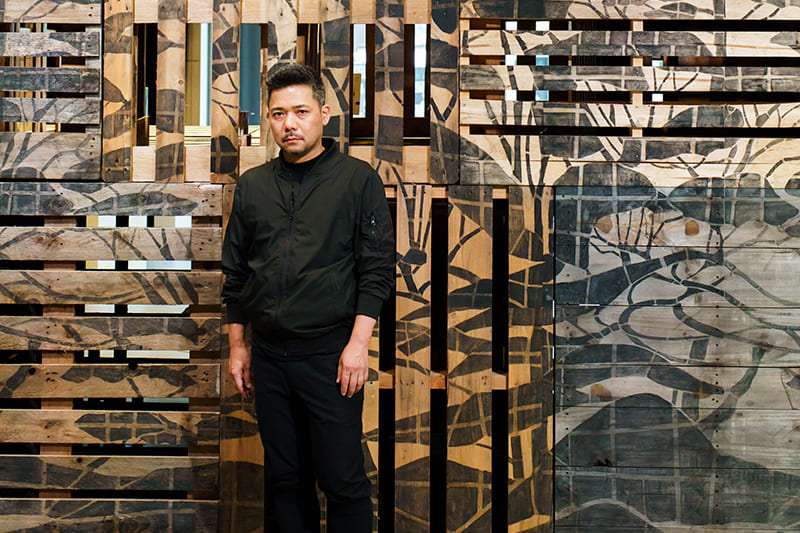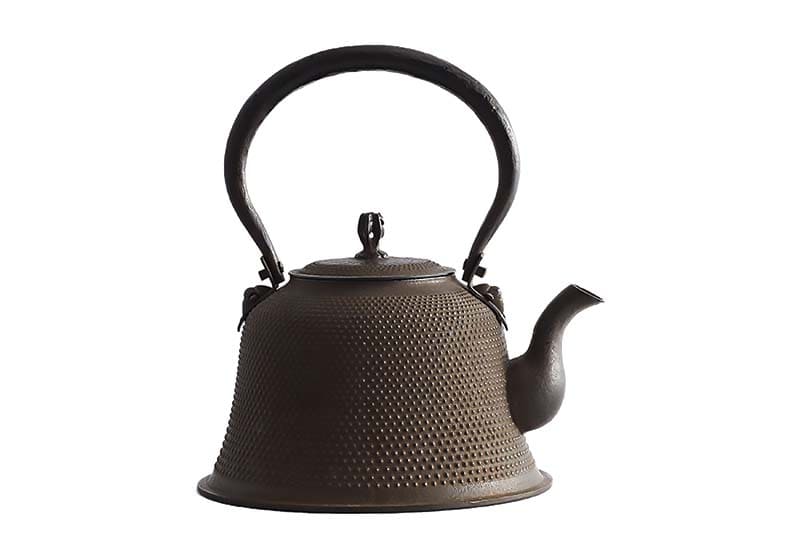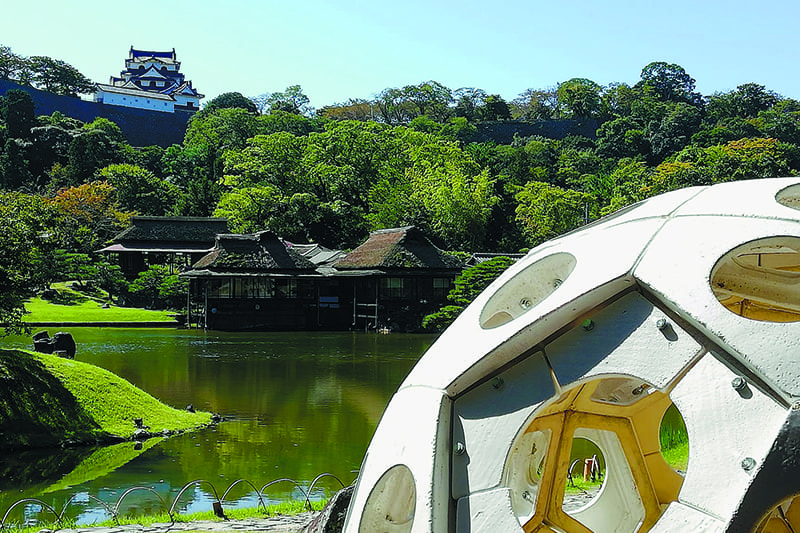September 22, 2022
Exhibition explores the appeal of traditional crafts
EXHIBITION
What is the Japan Traditional Art Crafts Exhibition (Nihon Dento Kogeiten)?
Japan’s biggest exhibition of traditional crafts is open to submissions from the public. Its principal organizers include the Asahi Shimbun and the Japan Kogei Association, an organization composed of practitioners of traditional crafts, focused mainly on artists who have been designated Preservers of Important Intangible Cultural Properties — commonly referred to as Living National Treasures. The exhibition was held for the first time in 1954, the year when the system of designating Important Intangible Cultural Properties and Preservers of Important Intangible Cultural Properties was launched following the amendment of the Act on Protection of Cultural Properties. Aimed at preserving and cultivating traditional craft techniques deemed to be of great historical and artistic value, the exhibition has been held at the Nihonbashi Mitsukoshi Main Store every year through to the 69th edition this year, and then tours venues across Japan.
https://www.nihonkogeikai.or.jp
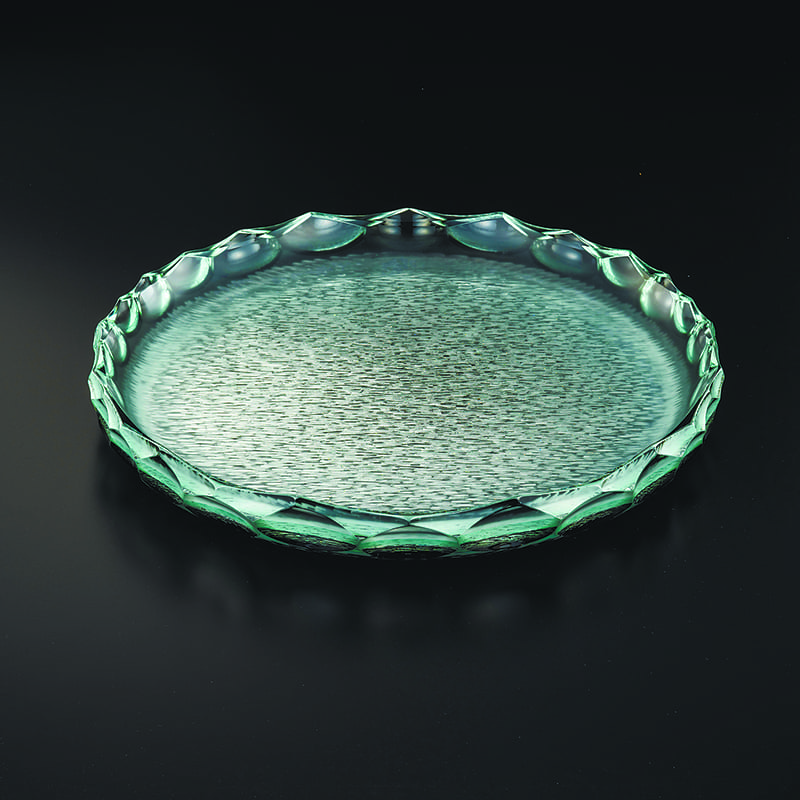
Laminated bowl with platinum and engraved decoration. “Light Waves”
This piece was made by an artist who creates new forms of beauty in glass. Watanabe developed a technique he calls lamination, which involves placing beads of colored glass and platinum between several sheets of cut glass, melting them together, and then adding more cuts to the glass on top. This work’s beauty lies in its evanescence; as the title suggests, a variety of light waves emerge, only to disappear again as the angle of view changes.
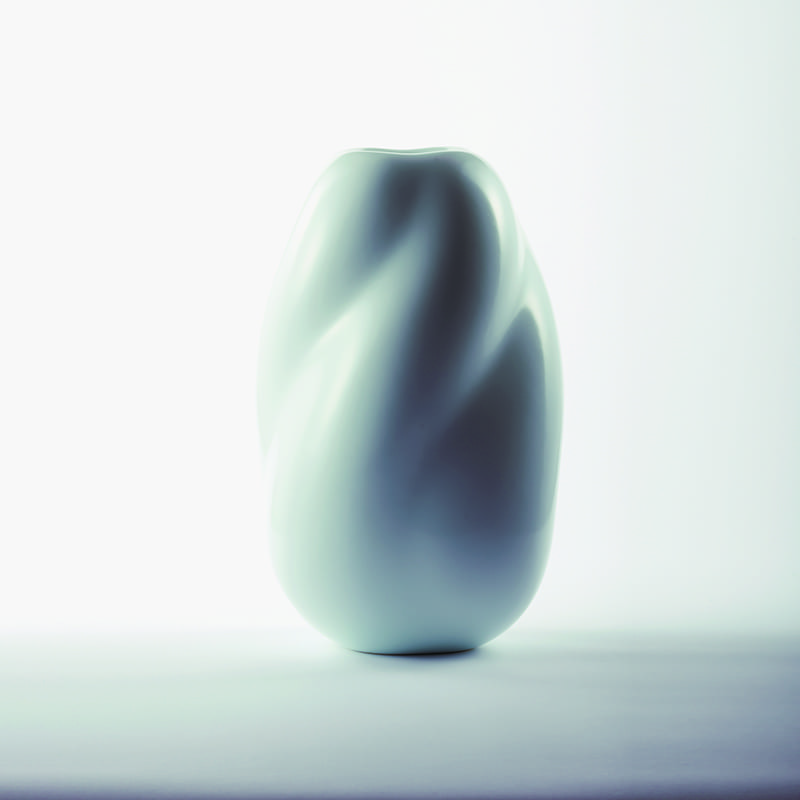
White porcelain jar with twisted sides
Maeta has broken new ground in the field of white porcelain, using a gentle touch to create pieces that differ from the conventional stiff image of the material. As a Preserver of Important Intangible Cultural Properties (Living National Treasure) in the field of white porcelain, he has drawn upon his unique sensibility to produce works that are considered art while still upholding the very essence of traditional crafts. By twisting the rounded form of a vase reminiscent of an object blanketed in snow, he expresses nuances of light and shade.
If you want to explore the current frontiers of traditional Japanese crafts, you should not miss the annual Japan Traditional Art Crafts Exhibition (Nihon Dento Kogeiten).
Japan’s biggest exhibition of traditional crafts is open to submissions from the public and is principally organized by the Japan Kogei Association, an organization made up of traditional craft artists. A key focus of the association is artists who have been designated Preservers of Important Intangible Cultural Properties — commonly referred to as Living National Treasures. Aiming to preserve and cultivate Japan’s traditional crafts, the association’s panel of judges selects the exhibits from submissions in seven categories: ceramics, textiles, lacquer work, metalwork, woodwork and bamboo work, dolls, and various works. The status of the exhibition is such that almost all Living National Treasures in the traditional crafts are chosen from among artists who have been selected to exhibit at it several times.
This year’s 69th edition of the exhibition will bring together 558 of the latest works by Living National Treasures and others. Opening at the Nihonbashi Mitsukoshi department store in Tokyo on Sept. 14 and running until the 26th, the exhibition will then visit 12 other cities nationwide — Nagoya, Kyoto, Sapporo, Kanazawa, Okayama, Matsue, Takamatsu, Sendai, Fukuoka, Hiroshima and Osaka — over the next half a year. Mitsukoshi’s flagship store has served as the Tokyo venue ever since the exhibition began in 1954. During the exhibition’s run there, award-winning artists and experts will provide commentaries on the works, and an event will offer the opportunity to attend in kimono. The exhibition thus provides a superb chance to become more familiar with traditional Japanese crafts.
We asked traditional crafts buyer Akira Hiraoka about the highlights.
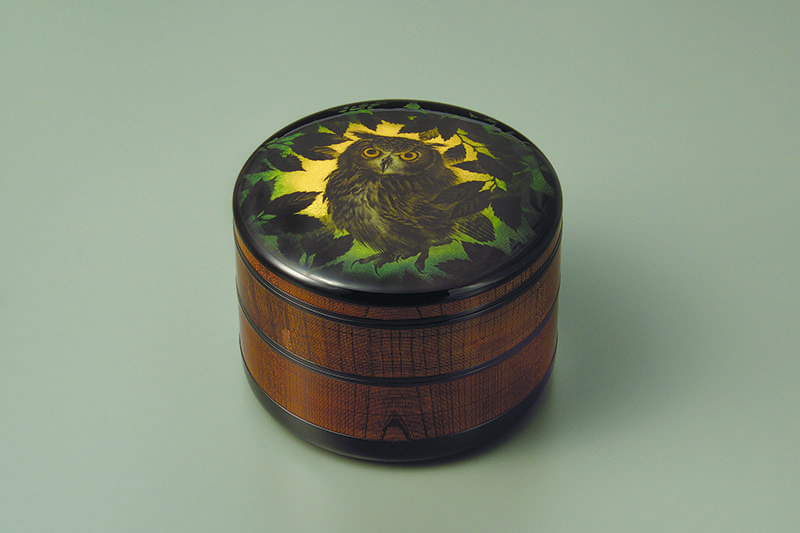
Jikiro with design in chinkin. “Tutelary Deity”
Born in Ishikawa Prefecture’s Noto Peninsula, famed for its lacquerware, urushi lacquer artist Torige won the Governor of Tokyo Award at the 66th Japan Traditional Art Crafts Exhibition in 2019. A jikiro is a container used in the tea ceremony for sweets and the like. This piece has been praised for the delicate depiction he achieved with a new technique that takes an approach opposite from the conventional method used for chinkin: Torige carved away the background and filled it in with pigments, leaving the main design of an owl standing out on the lacquer surface.
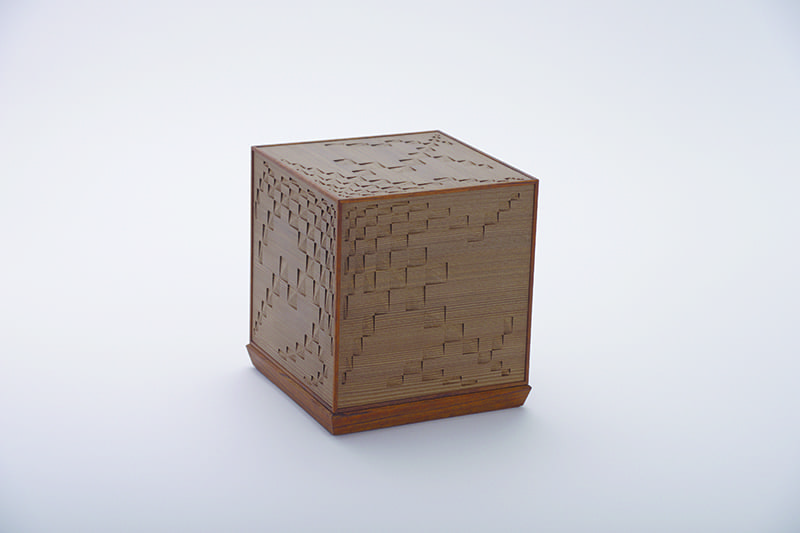
Box of jindai cedar wood with carved design
This woodworking artist came to prominence in 2021 when he won the Japan Kogei Association New Face Award at the 68th Japan Traditional Art Crafts Exhibition. Both the carved jindai cedar wood box, with its artistic elements, and the walnut stool, serving as an everyday item of furniture, are produced using a joinery technique that involves no metal nails in their assembly and leaves no joints visible from the outside.
“This exhibition is a stunning spectacle, as it offers a venue for Living National Treasures and other artists in each field of crafts to show off the culmination of their efforts over the last year,” he said. “Better still, the exhibits are displayed in the open, rather than inside glass cases, so you can get a proper feel for the texture of each piece. While the term ‘traditional crafts’ might make it sound as though the venue is filled with nothing but items produced using techniques handed down through the centuries, the reality is that this exhibition is actually a trade fair showcasing the very latest in art craft technology. As they are passed down through the generations, traditions based on technologies infused with the wisdom of our ancestors are constantly updated with an overlay of new technologies appropriate to the present age. That’s what I want visitors to look out for.”
For example, Living National Treasure Akihiro Maeta is a Preserver of Important Intangible Cultural Properties in the field of white porcelain. Using a gentle touch to produce unique twisted forms that overturn the conventional stiff image of white porcelain, Maeta has been highly acclaimed at home and abroad for his modern artistic pieces expressing light and shade.
Lacquerware artist Kiyoshi Torige uses a decorative technique called chinkin, but rather than employing the conventional approach of engraving the main pattern and filling it in with gold leaf and gold powder, he broke new ground by adopting a technique that involves carving away the surface of the surrounding lacquer to leave the principal design in black.
Glassware artist Akira Watanabe has created a new technique of lamination based on the traditional cut-glass technique called kiriko.
Woodworking artist Makoto Igarashi uses very precise joinery techniques to assemble pieces without metal nails in such a way that the joints cannot be seen from the outside. In addition to pieces offering great scope for artistic appreciation, such as those shown in this exhibit, he also makes items such as chairs that are rooted more in the style of crafts for daily life.
While the exhibits themselves will not be for sale, visitors will be able to buy other items made by some of the artists participating in the show. Why not enrich your living environment with your very own piece of traditional craftwork?
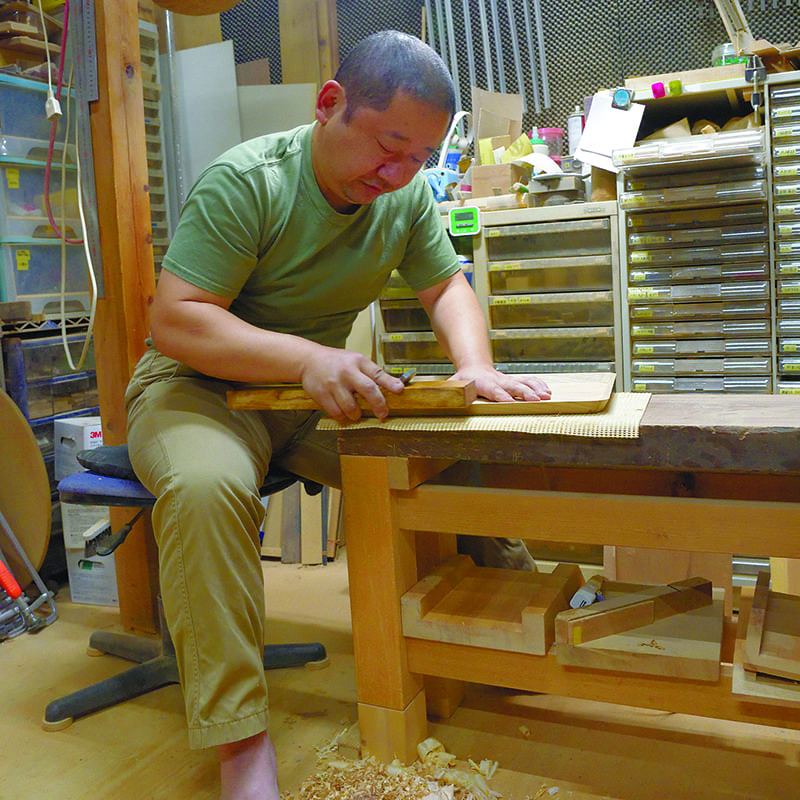
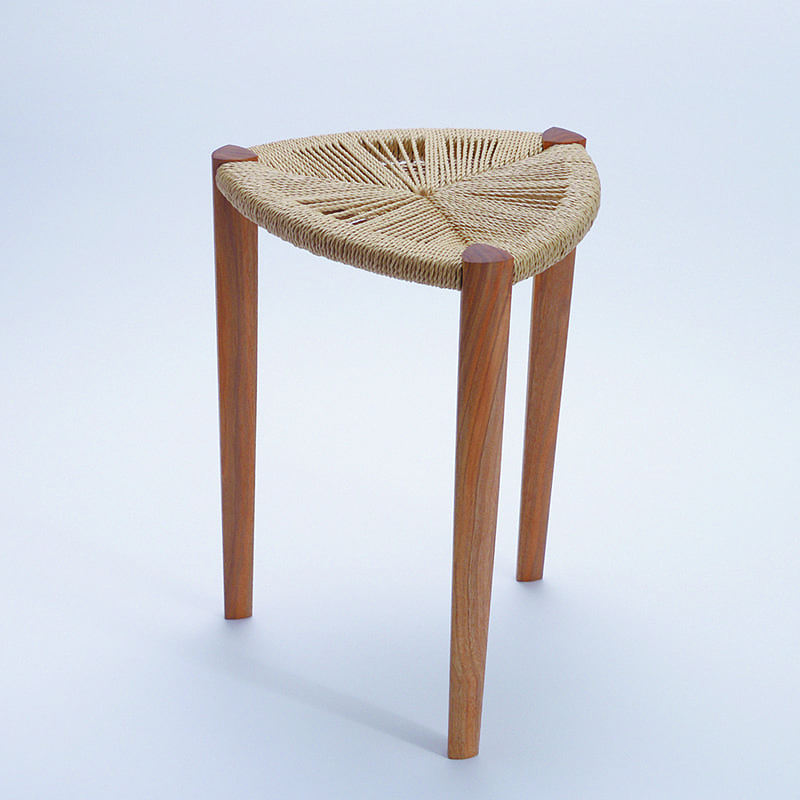
『日本伝統工芸展』でその魅力に直に触れてみる。
現代における日本の伝統的工芸品の最前線を知りたければ、工芸の公募展『日本伝統工芸展』がおすすめだ。
日本の伝統工芸の保護育成を目的に、陶芸、染織、漆芸、金工など7部門にわたり審査が行われ入選作品が選ばれる。工芸の人間国宝は、この展覧会で入選を重ねた作家から選ばれることがほとんどだという。
69回目を迎える今回は人間国宝の最新作を合わせて558点を一堂に公開。全国12都市の会場を約半年かけて巡回する。『日本橋三越本店』の工芸バイヤー、平岡智に展覧会の見どころを聞いた。
「 “伝統工芸”という響きから、昔からある技法で作られているものばかりが並んでいるように思われるかもしれませんが、実はこの展覧会こそが、工芸の最新技術の見本市。先人の知恵が詰まった技術をベースに、新しい技術を積み上げることで伝統は更新され、今の時代にふさわしいものとして、受け継がれていきますから。そこを見ていただきたいですね」。これを機に伝統工芸に触れてみるのもいいだろう。
Return to Sustainable Japan Magazine Vol. 16 article list page

